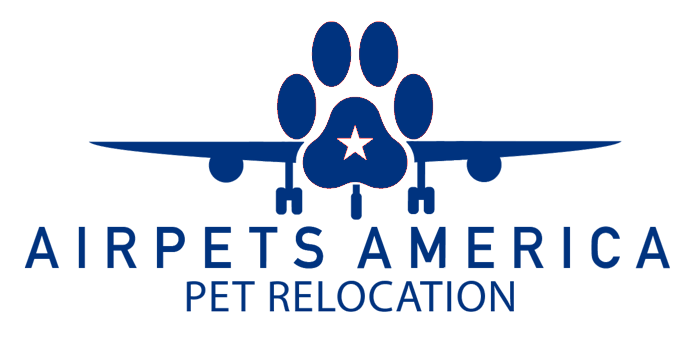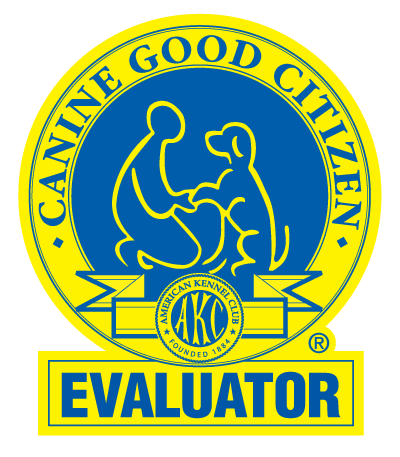Spending quality time with your furry friend while enjoying a leisurely walk is a wonderful experience for both you and your pup. Not only does it promote your physical well-being, but it also contributes to your dog’s health and happiness. Discover how to achieve loose leash walking with your dog using effective tools and techniques.
The Pulling Dilemma
Many dogs tend to pull on the leash because they’re eager to explore the world around them. They yearn to run, sniff, and chase while we often desire a calm, controlled pace during our walks. If you’ve allowed your dog to lead you from one exciting scent to another, you inadvertently reinforced pulling as a rewarding behavior. The goal is to shift this dynamic so that your dog understands that walking by your side on a loose leash brings rewards.
Building the Foundation
Start by walking around your home with your dog. Whenever your dog walks alongside you, enthusiastically say “yes,” provide treats, and offer praise. This helps your dog associate walking near you with positive experiences. Once your dog consistently stays close, introduce a verbal cue like “let’s go,” “walk,” or “heel.” Use this cue as your dog moves with you, followed by a “yes” and a treat. Gradually introduce distractions in the environment until your dog reliably follows your lead.
Leash Introduction
If your dog becomes overly excited at the sight of the leash, desensitize her. Pick up the leash multiple times throughout the day and then set it aside. Eventually, clip it onto your dog and let her wear it around the house to normalize its presence. Over time, your dog will learn that the leash doesn’t always signify an outing and will calmly sit for you to attach it. Once you’ve mastered loose leash walking indoors, it’s time to take it outdoors.
Yard Practice
Extend your loose leash training to your yard, using the same “yes” and treat technique when your dog stays close. Since the yard is less stimulating than a regular walk, your dog should quickly focus on you. If she reaches the end of the leash, stop and wait for her to turn toward you. When she does, guide her back to the heel position, say “yes,” and resume walking. This approach rewards her for staying close to you.
Venturing Outdoors
Begin short walks on the street, ensuring you have plenty of treats on hand. You can also bring one of your dog’s favorite squeaky toys, but don’t use it to get her attention, as this can reinforce the wrong behavior. Change directions frequently to keep your dog engaged. When you switch paths, say “let’s go,” and reward her promptly for following your lead. Remember to maintain a gentle grip on the leash to prevent pulling.
Teaching the “Go Sniff” Cue
Rather than resisting your dog’s desire to investigate, teach a “go sniff” cue. When approaching an enticing spot, get her attention from about 5 feet away, encourage her to “go sniff,” and move towards the area without pulling the leash. After a brief exploration, redirect her attention with “let’s go” and continue your walk.
Positive Reinforcement
Throughout your loose leash training journey, shower your dog with praise and positive reinforcement. Use your voice and kissy sounds to encourage her to stay close and enjoy the walk together. Consistency, patience, and a gentle approach will lead to enjoyable and peaceful walks with your furry companion.
Contact us
Learn more: www.pawhootz.com
Email us: play@pawhootz.com or call us at 817-498-6410, too!
Make an appointment with us: https://pawhootz.com/make-an-appointment/



